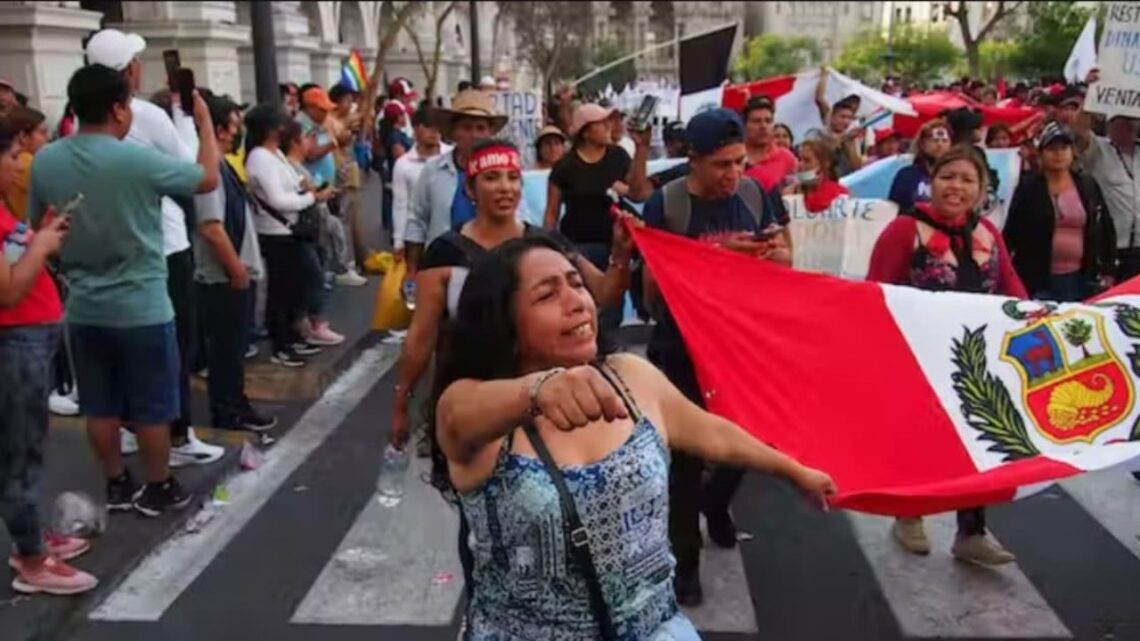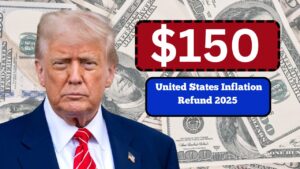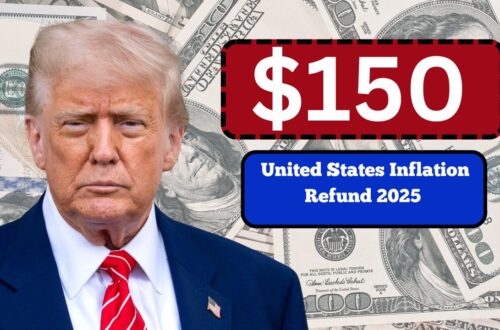Peru has entered a pivotal political moment. Spurred by Generation Z and younger workers, a surge of chants, banners, and street marches has forced a leadership shift in Lima.
On October 10, 2025, Dina Boluarte was removed from office, and José Jerí, age 38, became the country’s seventh president in under a decade.
What began as a resistance to pension legislation quickly expanded into something far more far-reaching—a demand for generational justice, transparency, and accountability.
What Sparked the Youth Uprising
In late September, protests erupted when the government introduced a piece of legislation requiring all Peruvians aged 18 and above to enroll with a pension provider.
What may have seemed like a bureaucratic change touched a nerve.
Young people and informal-sector workers viewed it as an overreach—yet another burden placed on those already struggling with low wages, poor job security, and little institutional trust.
Those frustrations are deeper than pensions. Peru’s youth have grown tired of corruption scandals, high crime rates, and courts that seem to protect elites.
For a generation that often feels excluded from decision making, the pension law was a breaking point.
Who Took to the Streets
The principal drivers of these protests were Peruvians aged 18 to 29, a cohort that makes up roughly one-quarter to one-third of eligible voters.
Students, baristas, delivery riders, gig workers, and young urban professionals poured into the streets of Lima and key regional cities.
Many protestors repurposed symbols from pop culture—anime icons, street art motifs, memes—to express their contempt for a system they see as “rotten from the inside.”
Though initially leaderless, the movement gained coherence through social media campaigns, decentralized assemblies, and spontaneous coalitions among youth groups, labor organizations, and human rights advocates.
Why the Establishment Fell
Boluarte’s presidency was already under intense scrutiny. Her administration had low public approval, and a corruption scandal involving expensive jewelry put it in further disrepute.
Meanwhile, extortion and violent crime were surging across many regions, fueling public disillusionment.
Under mounting pressure, the Peruvian Congress took a dramatic step: by a unanimous vote of 124 to 0, they declared Boluarte unfit to continue, citing a broader “crisis of legitimacy.”
Within days, José Jerí was sworn in as interim president, promising to lead until new elections.
Portrait of the New Government & Expectations
Jerí’s incoming cabinet includes technocrats with backgrounds in constitutional law, market economics, and public security.
But the real challenge is political: can this new leadership defuse public anger while laying the groundwork for deeper reform?
To mollify the protesters, Jerí has pledged to:
- Intensify efforts against extortion and organized crime
- Pause or reconsider contentious pension regulations
- Strengthen the autonomy of courts, prosecutors, and electoral bodies
- Create platforms for youth voices to shape national policy
Still, young leaders argue that reshuffles and rhetoric won’t suffice. They want measurable change—better jobs, safer streets, transparent institutions—before next year’s electoral campaigns fully kick off.
What’s at Stake & What’s Next
Some of the key battlegrounds ahead:
- Security vs. civil rights: Can crime be reduced without repeating harsh crackdowns that violate due process?
- Youth economics: Can Peru bring formal, fair-wage work to millions now stuck in informal or gig sectors?
- Institutional integrity: Will courts and oversight bodies truly be independent—or merely symbolic?
- Electoral influence: With general elections slated for April 2026, political parties must now pander less to old elites and more to the mobilized youth.
So far, Peru’s young activists have exacted at least one victory: the removal and replacement of a president. But their test is only beginning.
Will José Jerí’s government rise to the moment—or fracture under pressure?
Key Facts at a Glance
| Item | Latest detail |
|---|---|
| Trigger | Mandatory pension enrollment for citizens 18+ |
| Protesters | Young Peruvians aged 18–29, along with informal workers |
| Congressional action | President removed unanimously (124–0) |
| New leader | José Jerí, sworn in mid-October 2025 |
| Core demands | Jobs, justice, security, independent institutions |
| Next milestone | General elections, April 2026 |
Peru stands at a potential turning point. The rising youth movement has already shattered norms, driven out a president, and forced elites to listen.
But real victory depends on translating energy and anger into lasting structural reform. If this generation is earnest—and persistent—it may not simply challenge the old guard. It could become a new guard entirely.









